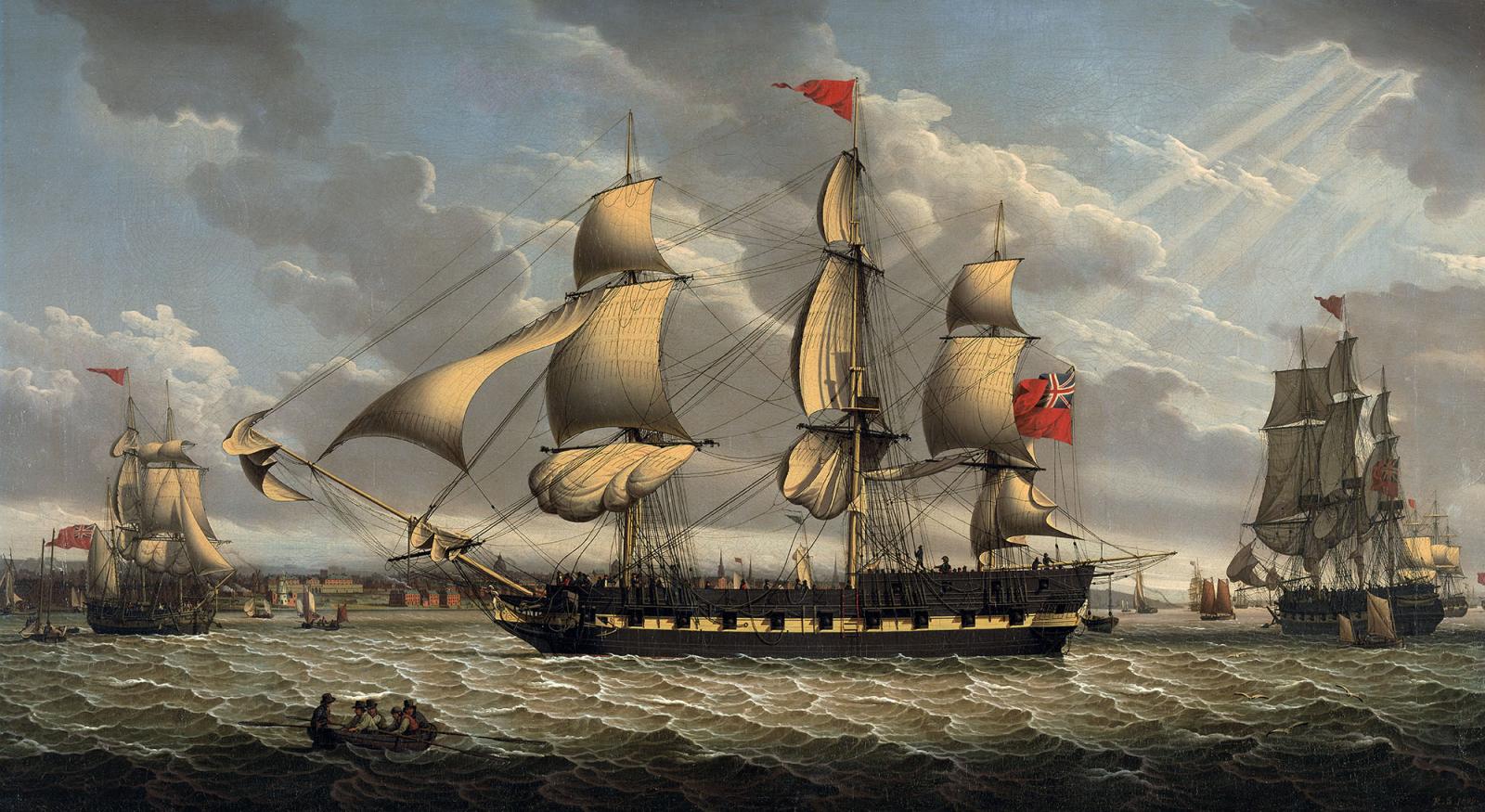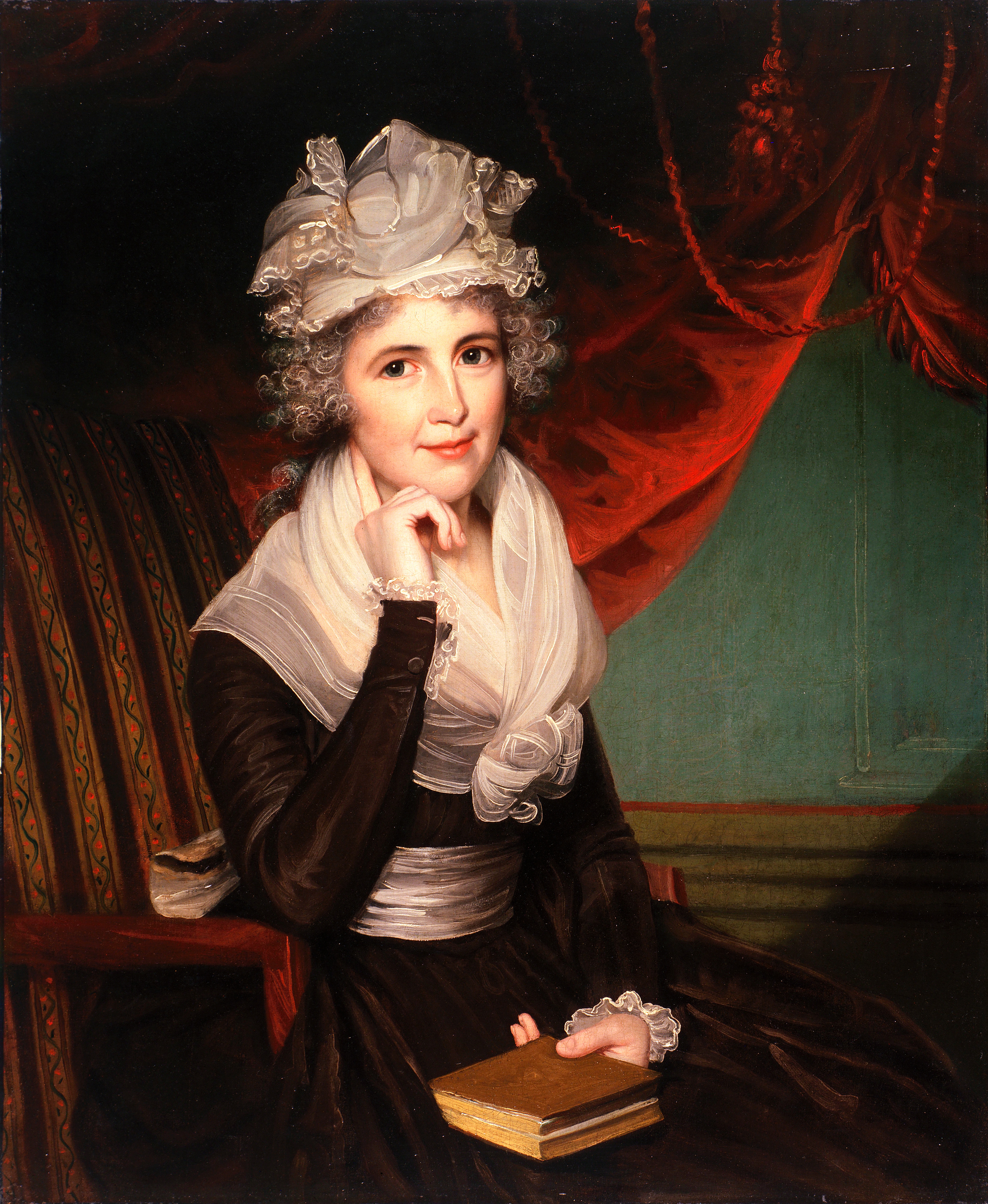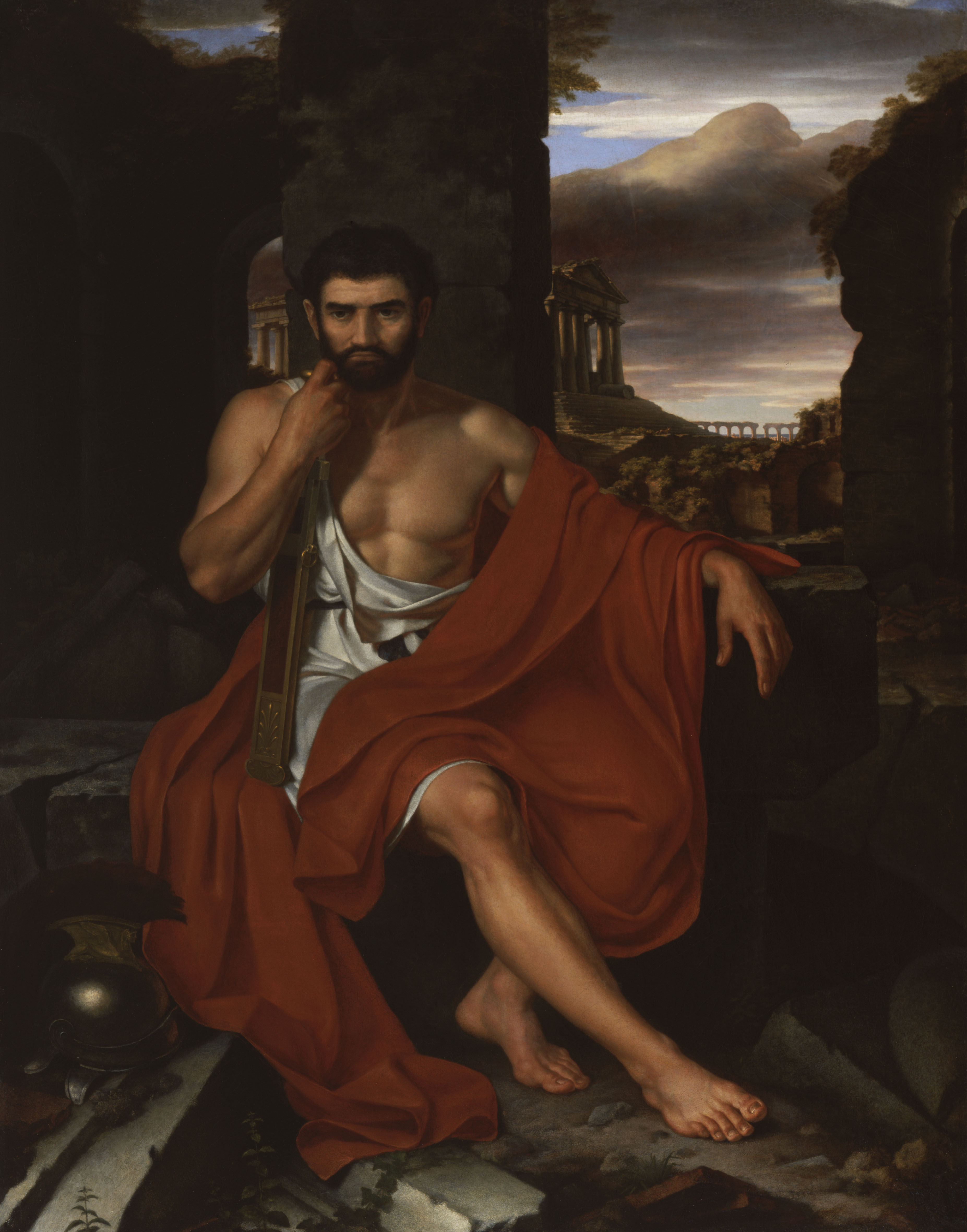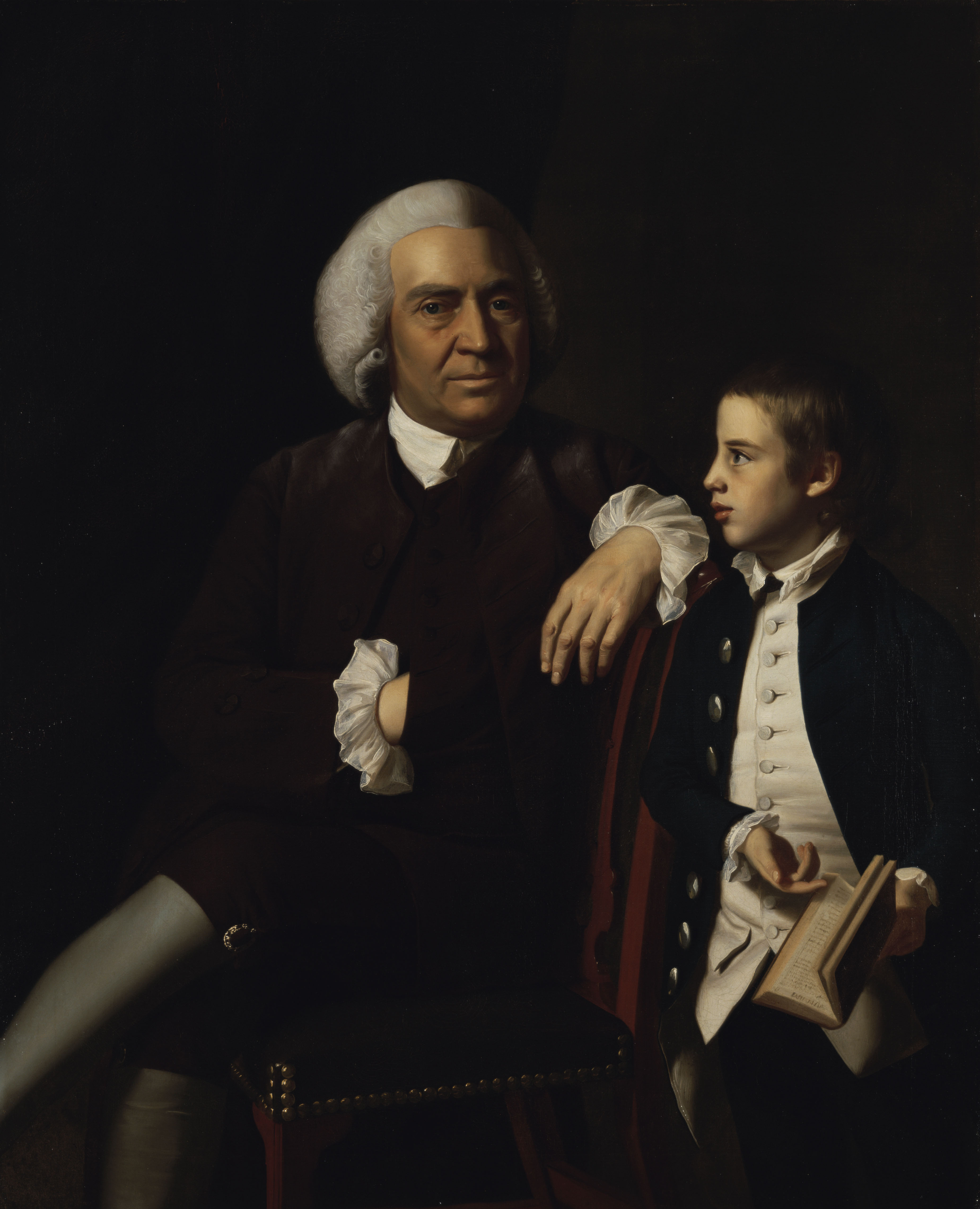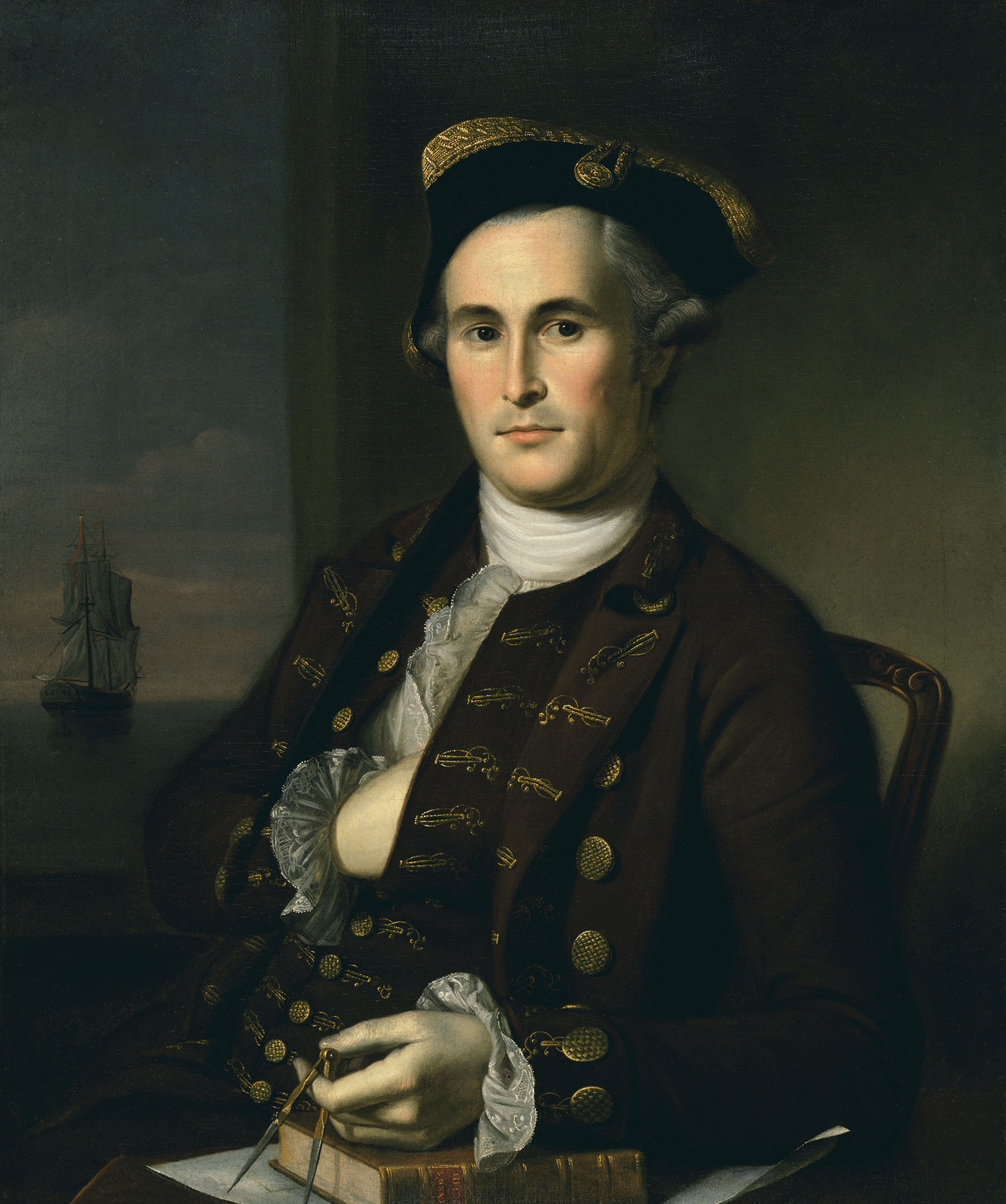Miss Virginia Polk
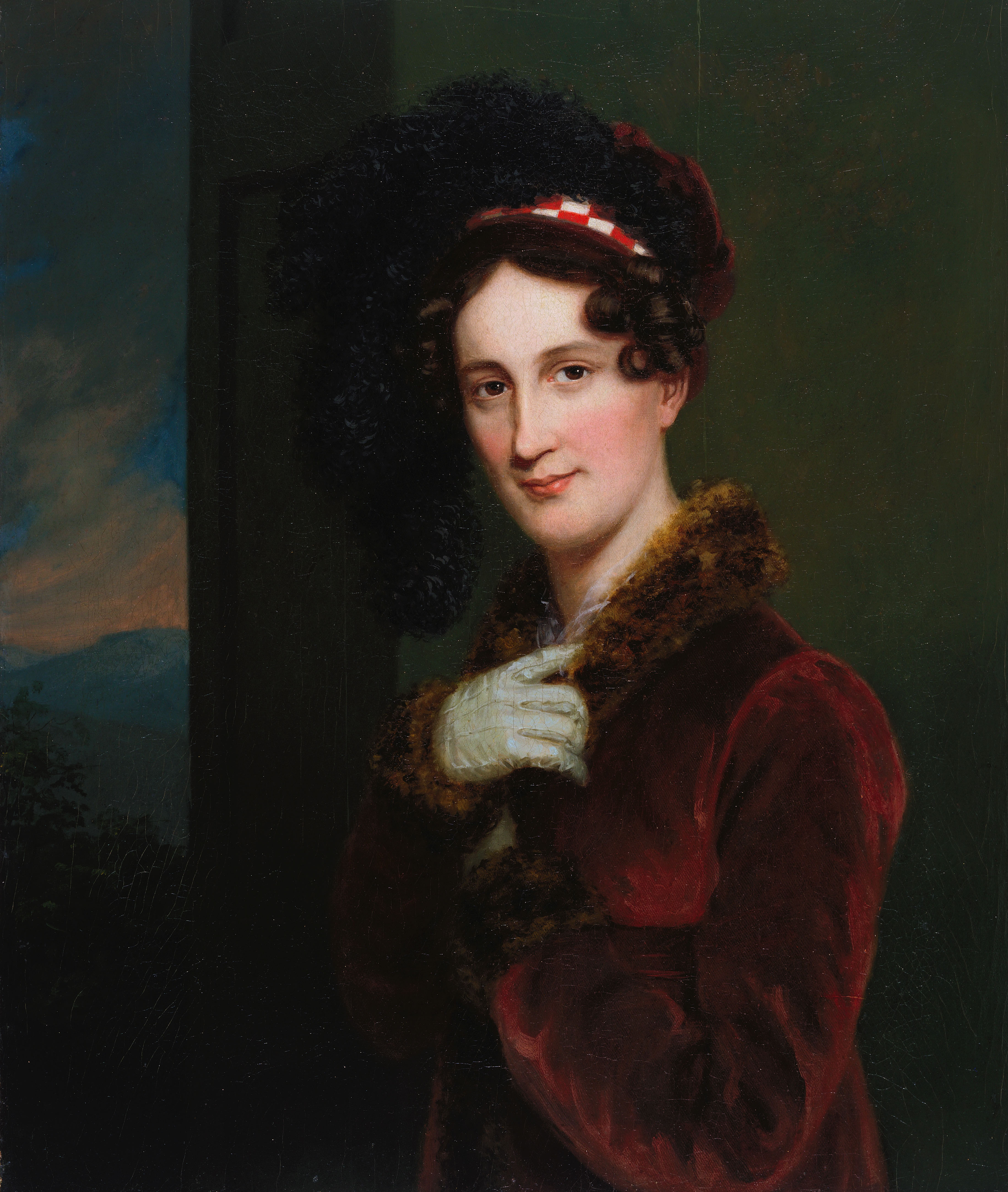
How do you express yourself through fashion?
In the 19th century, Americans adopted European fashions to appear cultured, sophisticated, and cosmopolitan. This portrait features the sitter’s elegant coat and hat, perhaps adapted from English and French styles that were shared through prints, letters, and imported clothing. Americans who aspired to be fashionable also had to navigate the complexity of maintaining the distinct identity of their new nation.



